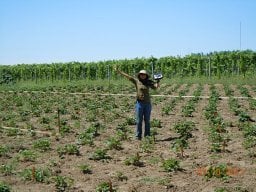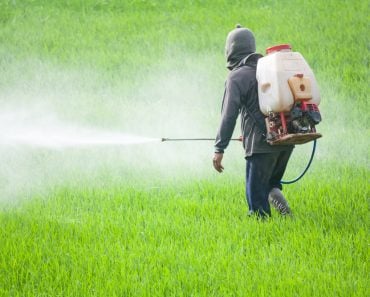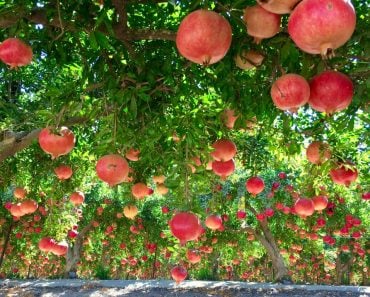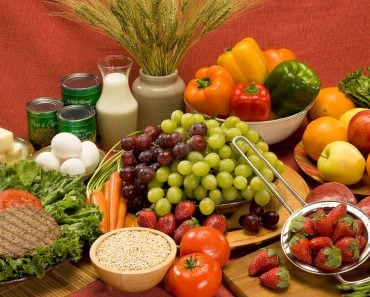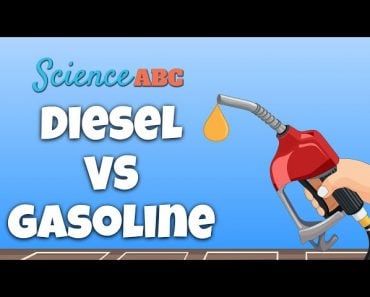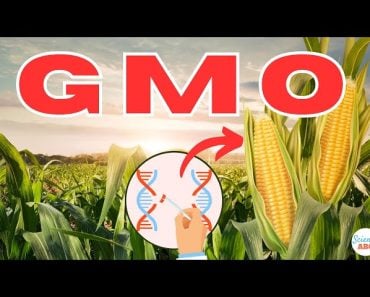Table of Contents (click to expand)
Organic produce is more expensive than conventionally farmed crops because it requires more investment to grow and often brings in a lower yield than conventional farming methods. Furthermore, marketing hype and consumer demand also drive up the price of organic produce.
There are many claims that people make about organic farming. It is supposed to be healthier, more environmentally friendly, and better for farmers. Basically, we’re told that it’s better than industrial farming.
However, it’s not always friendly to your wallet, as organic produce almost always costs more than conventionally grown fruits and vegetables. A report from the USDA noted that the organic food premium varied between 15% for onions and carrots (meaning that organic onions cost 15% more than conventional onions) to 82% for eggs and 109% for skim milk.

Consumers feel warm and fuzzy that they’re eating food that is better for the environment and the consumers who opt for organic food often don’t mind paying the premium price. Unfortunately, this keeps organic produce out of reach of the average person.
The question is, does it really cost all that much more to produce organic food? Or are the stores unfairly charging us to boost their profit margins.
Well, it’s a bit of both. Organic food production does cost farmers more than conventional farming, but the stores are also making high profits.
Recommended Video for you:
Organic Farming Methods Cost More
Organic farming is more labor-intensive than conventional farming. Consider the issue of weeds. A conventional farmer can spray a weedicide to kill just the weeds, but an organic farmer who doesn’t use any chemical pesticides will need to send their crew out to the field to manually remove the weeds. This manual labor can cost the farmer more than the chemical.
Many organic farms are scattered, smaller operations, so they may not be able to make use of farm mechanization to the extent that large conventional farms can. That said, this does not apply to all organic farms. There are large organic farms that operate like conventional farms and don’t practice agro-ecological practices.
Organic farms, by definition, do not use synthetic chemicals. However, they do use naturally occurring chemicals and certain organic-approved chemicals. You can read more about chemical use in organic farming here.
The difference between synthetic pesticides and organic-approved pesticides is that synthetic pesticides are more specific and require fewer sprays. On the other hand, organic pesticides like dimethoate, pyrethrum, azadirachtin, and copper sulfate are more generalized and require multiple sprays, all of which add to labor costs.
In spite of the multiple pesticide sprays, organic crops can still be lost to pest and disease infestation and farmers may lose an entire crop. This is a huge loss to farmers that will need to be adjusted for somewhere in the sales of the other crops.

Finally, the post-harvest logistics of conventional farms are well established, while small organic farms are relatively scattered. This means that organic farmers may need to drive the produce to the market themselves, which will cost substantially more.
To make things even more complicated, organic produce cannot be transported with conventional produce.
Organic Farms Yield Less
An extensive meta-analysis of 362 published studies from 43 countries with 67 crops on organic and conventional farm yields concluded that organic farms, on average, yield 20% less than conventional farms. This also means that we would need more land to produce the same amount of produce with organic farming as we do with conventional farming.
Another meta-analysis also concluded that yields from organic farms are lower than conventional farms and went on to explain that the yield gap depends on the farming system, whether it is rain-fed or irrigated, the type of crop, and the type of soil. However, when the organic and conventional farms were most comparable, the yield gap was as high as 34%.
In addition to yield, we also need to consider yield stability. Yield stability is the consistency of yield from year to year. A meta-analysis comparing 193 studies concluded that yield stability in organic farms is lower than in conventional farms. A more recent quantitative review of the productivity of organic farms vs. conventional farms concluded that when we consider yield and the number of crops harvested, the productivity of organic farms is 29-44% less than conventional farms.

Overall, these studies show that organic farms have lower yields than conventional farms. In the previous section, we discussed how the farming costs were higher in organic farms. The farmer needs to recover this difference, and the only way to do this would be by selling the produce at a higher cost.
Licenses And Certifications Cost Money
In many parts of the world, organic farmers are required to be certified. The farms are regularly inspected to ensure they’re following the organic regulations. Many organic farms also get a non-GMO certification. While food labeling is designed to inform the consumer where their food comes from and what it contains, getting certified and licensed costs money. These additional costs are passed on to the consumer.
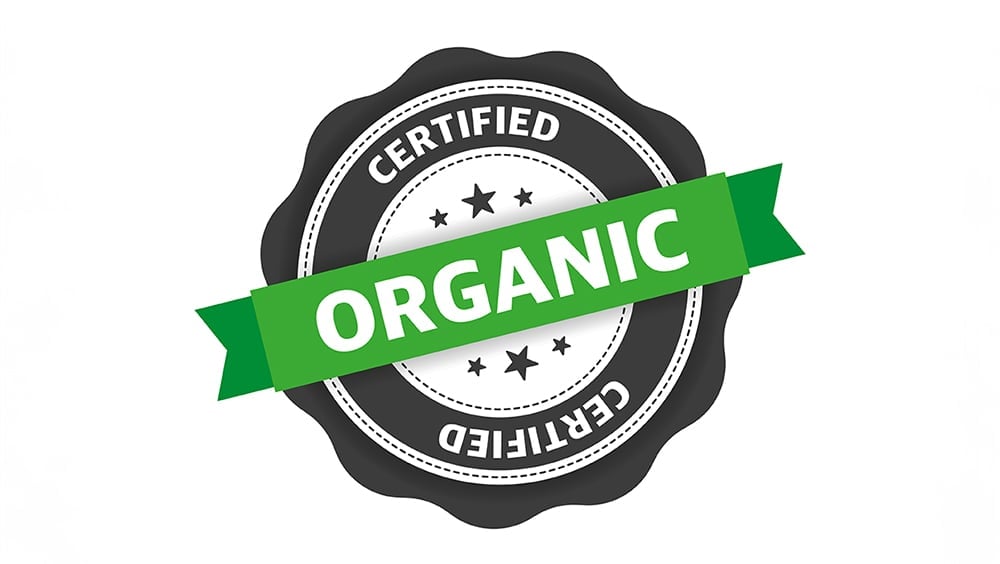
Because They Can!
Although the number of organic farms has increased over the years, there are still not enough to meet the demand for organic food. Naturally, since supply is less than demand, the price of organic food has skyrocketed.
Organic produce is also branded as healthier than conventional produce. Aggressive media campaigns highlight how eating organic food will help us save on medical expenses, preserve the environment, and make the world a better place. It is described as a way of “producing food with minimal harm to ecosystems, animals or humans”. Many consumers don’t mind paying a premium for food that is so much ‘better’.
Organic campaigns are often targeted at urban elites who are able to afford the higher prices for organic fruits and vegetables. Such marketing campaigns appeal to these people and they feel superior by paying more for something that they perceive as better. It is sometimes seen as a status symbol to eat organic food. The stores take advantage of this financial ability and maintain significant margins on organic products.

Conclusion
In spite of their increasing popularity, organic produce continues to be a relatively niche product targeted toward urban elites. Many consumers are willing to pay more for organic products for the perceived health and environmental benefits, but the price jump puts organic produce beyond reach of the average middle-class consumer.
Organic farming costs more than conventional farms. However, branding and marketing have further increased the price of organic produce. The perceived health and environmental benefits of organic produce seem to justify their premium price.
Aside from these environmental benefits, reports like this one have shown that organic produce is not nutritionally better. Since organic yield is lower, it will also require more land to grow the same amount of food, thus taking away more land from natural forests. Organic produce is sold at a premium and is often packaged in plastic, further increasing its environmental footprint. Finally, when organic products are shipped from distant locations, it adds to the overall carbon footprint.
The organic movement has gained some serious momentum in the past few years, and if supply is able to match demand, then the prices may become more affordable. At the same time, the branding and marketing of organic food has done a fairly good job of portraying them as being superior to conventional produce. Ultimately, it’s up to the consumer to make an informed decision that fits in their financial comfort zone.
References (click to expand)
- de Ponti, T., Rijk, B., & van Ittersum, M. K. (2012, April). The crop yield gap between organic and conventional agriculture. Agricultural Systems. Elsevier BV.
- Knapp, S., & van der Heijden, M. G. A. (2018, September 7). A global meta-analysis of yield stability in organic and conservation agriculture. Nature Communications. Springer Science and Business Media LLC.
- Seufert, V., Ramankutty, N., & Foley, J. A. (2012, April 25). Comparing the yields of organic and conventional agriculture. Nature. Springer Science and Business Media LLC.
- Alvarez, R. (2021, June 27). Comparing Productivity of Organic and Conventional Farming Systems: A Quantitative Review. Archives of Agronomy and Soil Science. Informa UK Limited.
- Sustainable practices linked to farm size in organic farming.
- Investigating Retail Price Premiums for Organic Foods.

